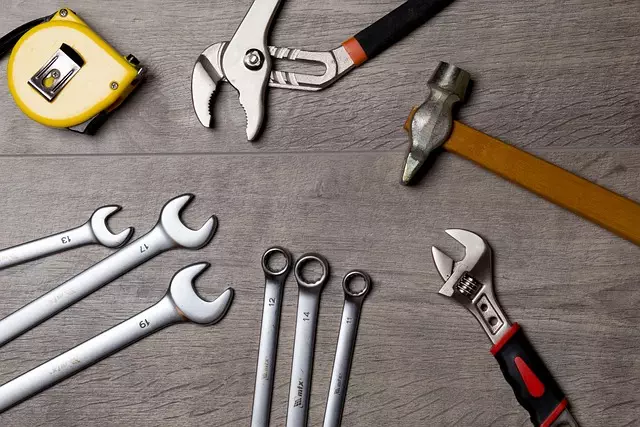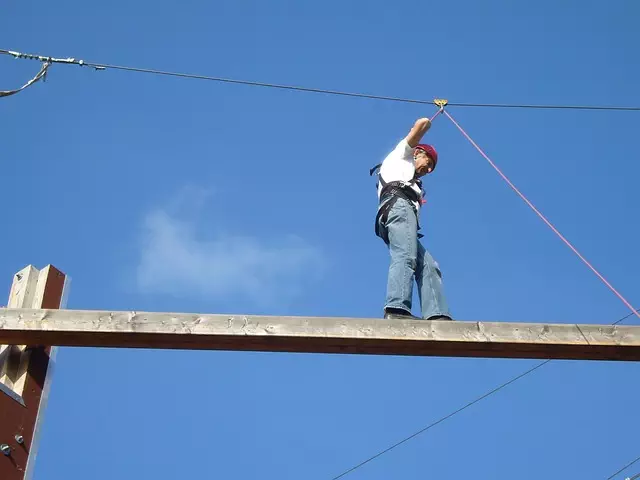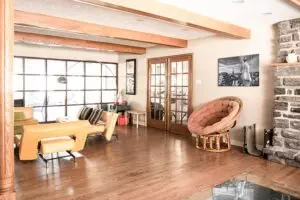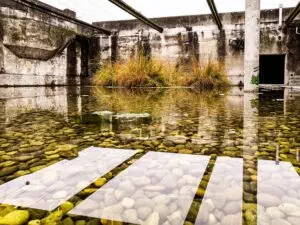Pier and Beam Foundation Repair: A Comprehensive Guide to Stabilizing Your Home
Pier and beam foundations require regular maintenance due to potential structural issues from settli…….

Pier and beam foundations require regular maintenance due to potential structural issues from settling, shifting soils, or improper construction. Common problems include cracks in beams and piers, misalignment, and uneven slab settling. Inspection, planning, excavation, and material selection are key steps for effective repair. High-quality steel, concrete, and proper drainage systems ensure long-lasting stability and prevent future damage. Regular annual inspections and maintenance are crucial to preserve the foundation's integrity.
“Discovering reliable solutions for your home’s stability? Explore the comprehensive guide to Pier and Beam Foundation Repair. Understand the intricacies of this foundation type, from its basic structure to the subtle signs of potential failure. We delve into the root causes of common issues like slab shifting, offering practical insights on prevention. Learn a step-by-step repair process and material choices for lasting results. Equip yourself with maintenance tips to safeguard your home’s foundation against future challenges.”
Understanding Pier and Beam Foundations: A Basic Overview

Pier and beam foundations, a common structural system in many older homes, are designed to support the weight of the structure above by transferring the load to the soil below. This system consists of vertical piers, typically made of concrete or wood, and beams that rest on top of these piers, creating a network that provides stability. Over time, these foundations can suffer damage due to various factors like settling, shifting soils, or improper construction, leading to issues like cracked walls, uneven floors, and door problems.
Regular maintenance is key to ensuring the longevity of pier and beam foundations. One common repair method involves addressing individual components as they show signs of wear or damage. This can include replacing rotting wooden piers, reinforcing concrete ones, or adjusting misaligned beams. For slab shifting issues, which often result from soil compaction or changes in hydration levels, realigning the structure’s footing can help stabilize it and prevent further movement. Pier and beam foundation repair is a specialized task that requires expert knowledge to ensure the safety and structural integrity of the building.
Common Causes of Slab Shifting and Foundation Damage

Slab shifting, a common issue in many homes, especially those built on concrete slabs, can lead to significant structural damage if left unaddressed. This phenomenon occurs when the soil beneath the foundation settles at an uneven rate, causing the slab to move or shift. There are several factors that contribute to this problem, and understanding these causes is key to preventing further damage. One of the primary reasons for slab shifting is inadequate soil support. If the soil below the foundation is not compacted properly or has poor load-bearing capacity, it can lead to settling and shifting over time. This is particularly common in areas with loose, sandy soils or where water tables are high.
Another major cause of slab damage is improper construction techniques. In many cases, pier and beam foundation systems, which rely on piers (vertical supports) to bear the load of the structure, can become compromised. Over time, these piers may settle into soft soil, causing the beams to sag or shift, and eventually leading to damage in the form of cracks in the slab or structural instability. Moreover, changes in weather conditions, such as prolonged drought followed by heavy rainfall, can contribute to soil shrinkage and expansion, exacerbating slab shifting issues. Proper Pier and Beam Foundation Repair techniques are essential to mitigate these causes and ensure the longevity of your home’s foundation.
Identifying Signs of Pier and Beam Failure

Pier and beam foundations, a common structural support system, can suffer from damage over time, leading to signs of failure. One of the first indicators is visible cracks in the beams or piers, which may be caused by settling or shifting of the soil beneath. These cracks can appear as hairline fractures or wider gaps, signaling structural compromise.
Additionally, slant or misalignment of piers and beams is a clear sign of potential failure. Over time, the foundation can settle unevenly, causing one side of the structure to bear more weight than the other. This imbalance can result in doors and windows that stick or do not close properly, as well as cracks in walls and ceilings. Addressing these signs early through Pier and Beam Foundation Repair is crucial to prevent further damage and ensure the structural integrity of the building.
The Repair Process: Step-by-Step Guide

The repair process for pier and beam foundation shifting begins with a thorough inspection. Experts assess the extent of damage, identifying slab shifts and potential structural issues. Once diagnosed, the next step involves planning the repairs, which may include replacing or adjusting supports, installing new piers, or reinforcing existing ones.
The actual repair work entails careful excavation around the affected area to access the foundation. Old piers are removed, and new ones are installed using specialized equipment. Beam brackets are then secured, ensuring proper alignment and stability. Concrete is poured to set the new piers firmly in place, and once cured, the surrounding soil is backfilled, completing the Pier and Beam Foundation Repair process.
Choosing the Right Materials for Longevity

When undertaking Pier and Beam Foundation Repair, selecting the appropriate materials is paramount for ensuring longevity and structural integrity. The right choice can withstand environmental factors, including soil movement and varying moisture levels, which are common causes of slab shifting. High-quality steel beams and columns are often preferred due to their durability and resistance to corrosion. These materials should be treated or coated to enhance their lifespan, especially in areas prone to high humidity or salt air.
Using the correct concrete for repairs is equally critical. A robust, low-permeability mix can prevent water penetration and subsequent damage. Incorporating reinforcement bars (rebar) further strengthens the repair, enhancing the overall stability of the pier and beam foundation. Proper material selection not only guarantees a more durable fix but also reduces the need for frequent Pier and Beam Foundation Repair in the future.
Maintenance Tips to Prevent Future Issues

Regular maintenance is key to preventing future issues with pier and beam foundation repair. One of the best ways to ensure longevity is by inspecting your home for any signs of damage or movement at least once a year. Keep an eye out for cracks in the walls, uneven floors, or doors that stick—these could indicate shifting in the slab.
Additionally, maintaining proper drainage around your home is crucial. Ensure downspouts direct water away from the foundation, and consider installing a French drain or sump pump to remove excess moisture. Regular cleaning of these systems will also help prevent clogs and potential water damage, which can exacerbate pier and beam foundation problems.







